
Water determines the Great Lakes Region’s economic future
Climate change, geopolitics and business opportunities power a blue economy
Two Lake Superior First Nations, Biigtigong Nishnaabeg and Michipicoten, say Ontario is ignoring their expertise by hunting for consultants to help endangered caribou instead of implementing plans they wrote already.
Caribou living on the northern shore of Lake Superior have teetered on the verge of extinction for years, the result of a long decline fuelled by human development. Biigtigong Nishnaabeg and Michipicoten First Nations have long been pushing the Ontario government to act before the gentle ungulates are lost forever.
“I just don’t want them to disappear,” Biigtigong Nishnaabeg First Nation Chief Duncan Michano said in an interview.
“We’re pretty frustrated.”
Though the province did eventually help with emergency efforts to save the caribou in 2018, it hasn’t come up with a long-term plan to reverse their decline. Earlier this month, the Ontario government posted a request for bids, closing Dec. 16, for a consultant to pen just such a plan — a move that came as a surprise to Biigtigong Nishnaabeg and Michipicoten.
The two nations say it’s insulting for the government to seek outside help without consulting them first. They’ve already made caribou management plans, so that step is done, they said in a press release. The government just needs to work with them to implement it.
“Why were the First Nations not consulted on how this bid should take place, on whether the bid is necessary?” said Chris Wedeles, a wildlife biologist with ArborVitae Environmental Services, a consultant hired by Biigtigong Nishnaabeg.
Gary Wheeler, a spokesperson for Ontario’s Environment Ministry, said in an email that any consultants the province hires for the job will consult Biigtigong Nishnaabeg and Michipicoten, among other stakeholders, and “consider” the nations’ recommended path forward.
The ministry is “seeking updated information” and help to come up with caribou management options, as well as cost estimates and socio-economic analysis, Wheeler said. A final plan will be hammered out over the next two years.
“Consider working with us? Consider looking at our plan?” Michano said. “Those are what I call typical weasel words… things that they put into an [bid] where they can weasel their way out of making any kind of commitment.”
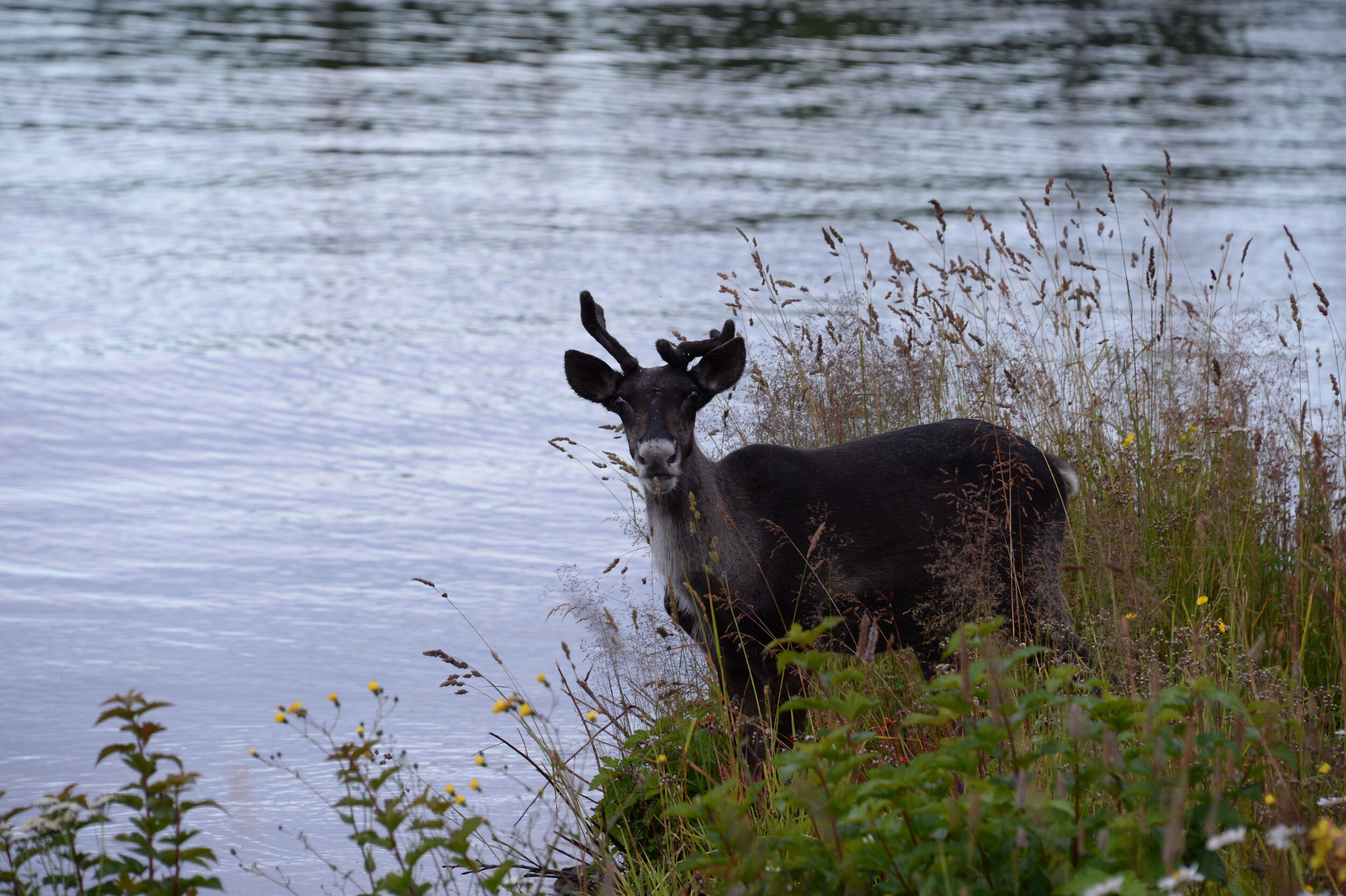
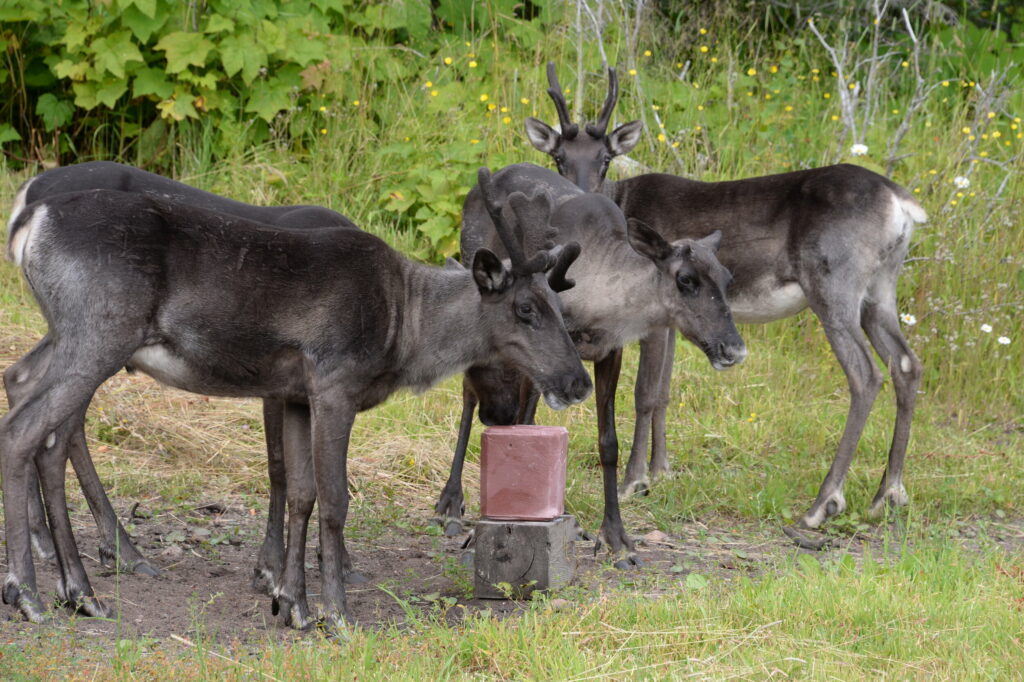
Caribou used to be abundant around Lake Superior, but over the past two centuries human development has whittled away at their habitat. They were cut off from their northern relatives in the 1970s. By 2013, they had left the mainland and retreated to Michipicoten Island and the Slate Islands, just offshore.
Their steady decline accelerated that winter, when wolves crossed ice bridges to hunt them. Ice used to form on Lake Superior more often, allowing wolves and caribou alike to move back and forth between islands and the mainland. But climate change has made that less predictable, and ice bridges didn’t form consistently in the years that followed, leaving the wolves and caribou effectively stuck together. The population swiftly plummeted from about 1,000 to just under two dozen.
“Once those wolves are on those islands, it’s like a fox in a chicken coop,” Michano said.
Acting on years of pressure from First Nations and locals, the Ontario government helped organize airlifts from Michipicoten Island in 2018. They moved nine caribou to the Slate Islands, which wolves had abandoned when they ran out of prey. Six more went to Caribou Island, located further into Lake Superior.
“Governments move slow as heck,” Michano said. “They sat around on their hands until almost all the caribou were gone.”
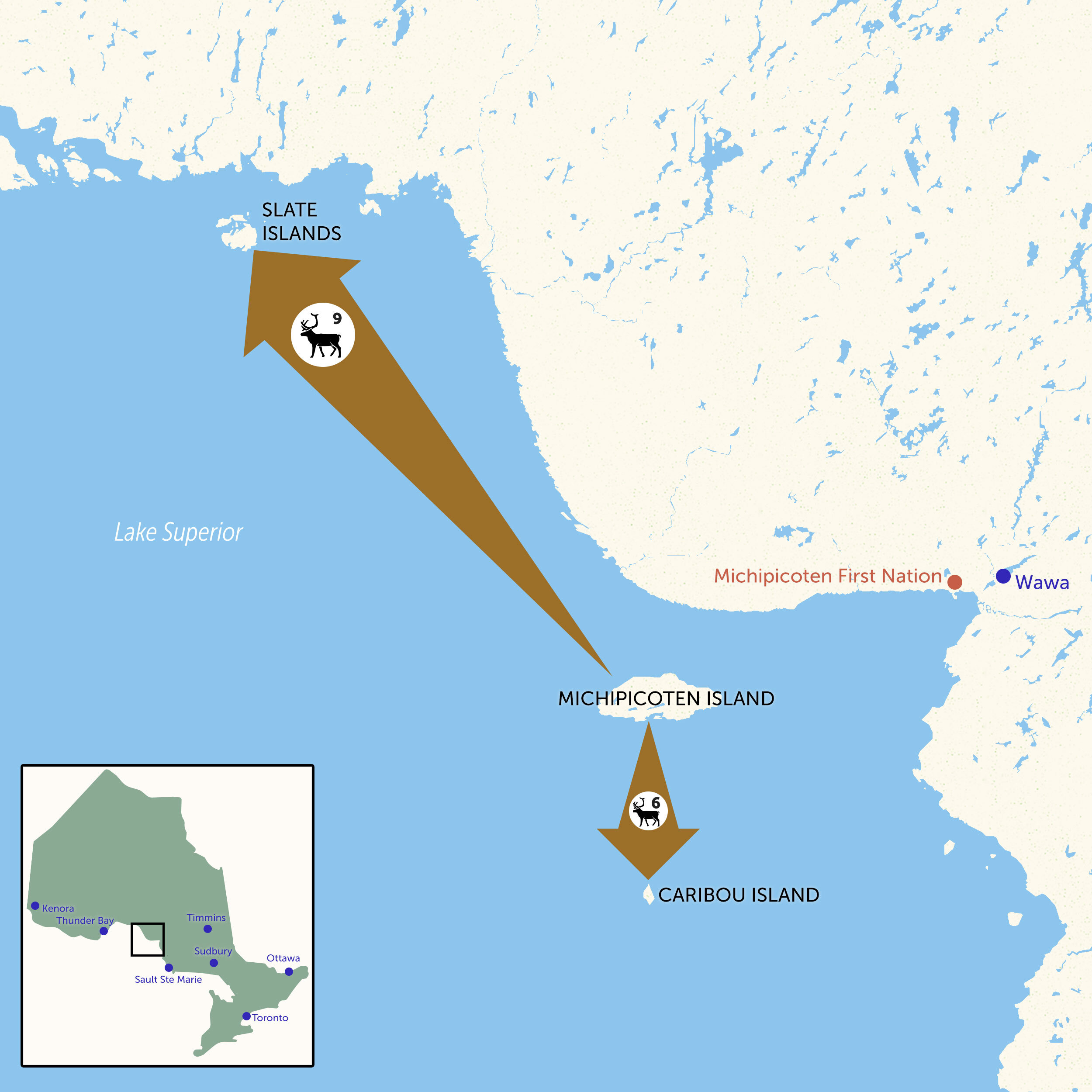
For now, those caribou are safe. There are about 60 of them now living in their island sanctuaries, out of wolves’ reach. But they can’t stay forever — the islands are reaching the limit of how many caribou they can support, and the isolated populations don’t have a lot of genetic diversity.
Biigtigong Nishnaabeg and Michipicoten First Nations would like to bring the caribou back to Michipicoten Island, which now appears to be wolf-free, and eventually restore them on the mainland too. That would take a serious effort, requiring habitat restoration and other stewardship, like removing any wolves that return from Michipicoten Island.
Michano said he had a meeting with the province earlier this week, after Biigtigong Nishnaabeg and Michipicoten put out their press release, and they made a bit of progress. “But again, no commitments,” he added.
Indigenous-led conservation efforts tend to be effective. One study concluded that lands in Canada, Brazil and Australia that are managed by Indigenous peoples have equal or higher levels of biodiversity compared to other protected areas.
The federal government — which earlier this year struck a caribou protection deal with Ontario that has been widely criticized as not strong enough by environmental groups — has voiced support for Indigenous-led conservation, including at COP15 earlier this month. But its efforts to fund Indigenous Protected and Conserved Areas haven’t eliminated other hurdles that are hampering progress.
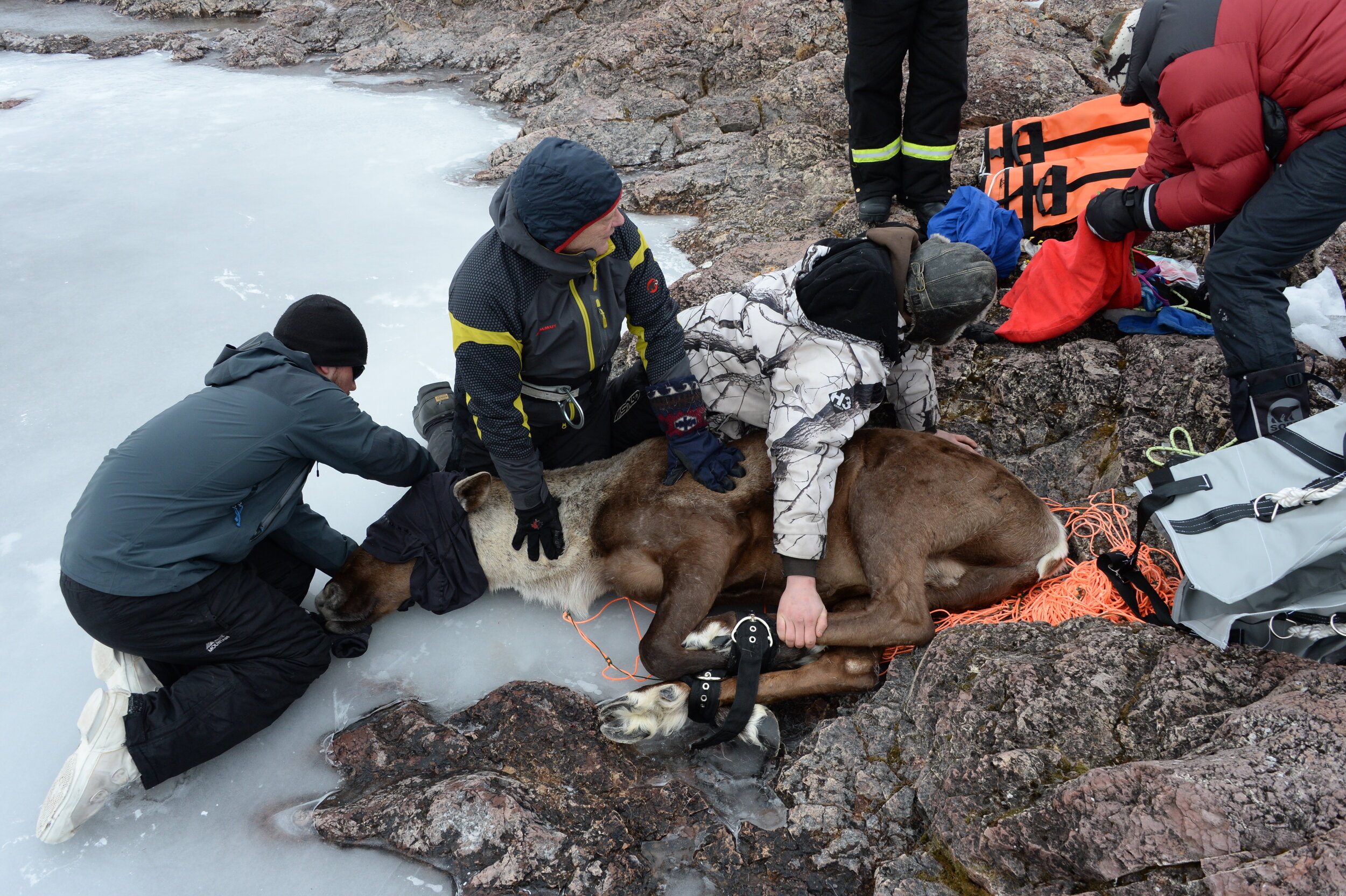
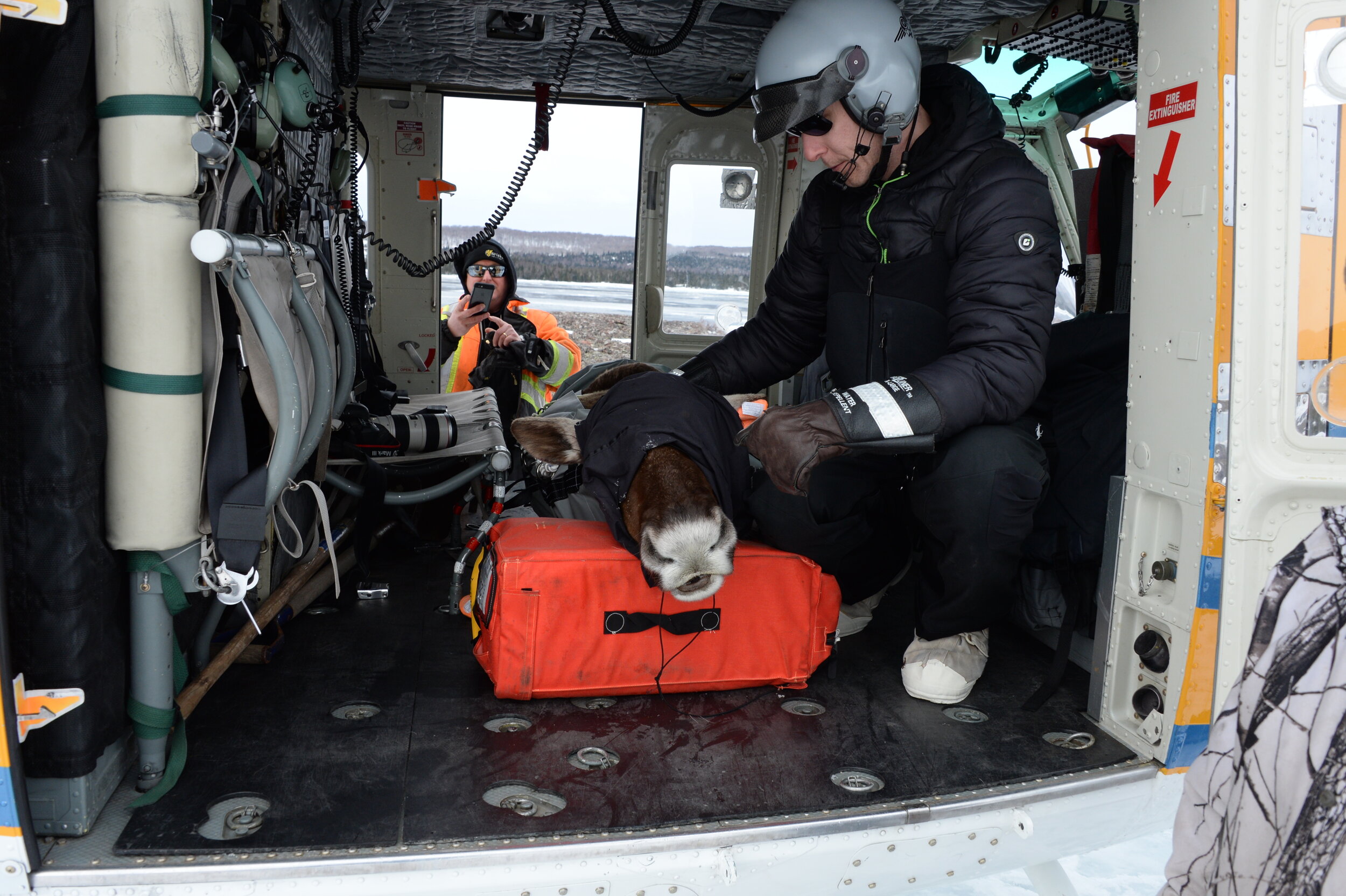
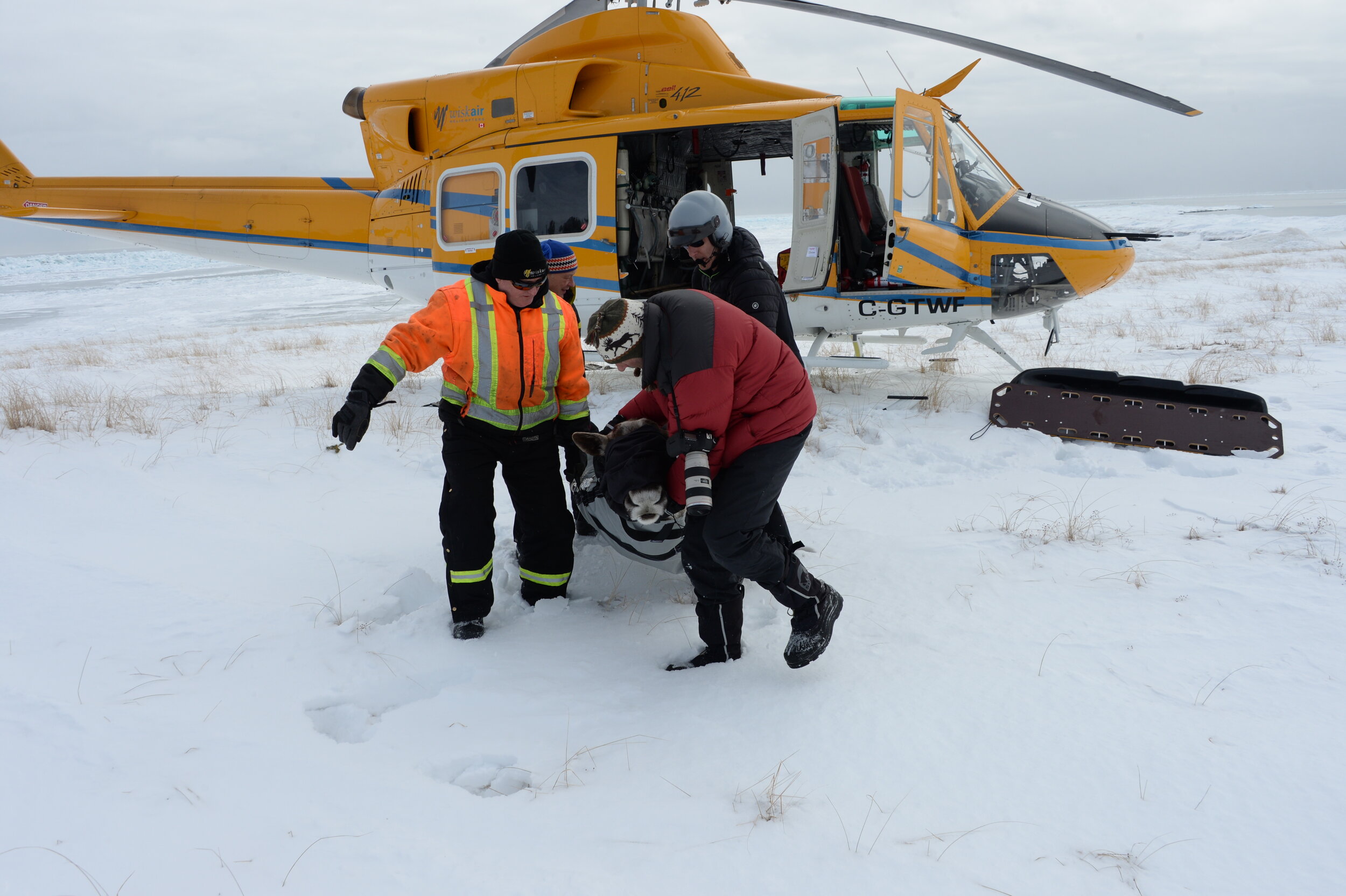
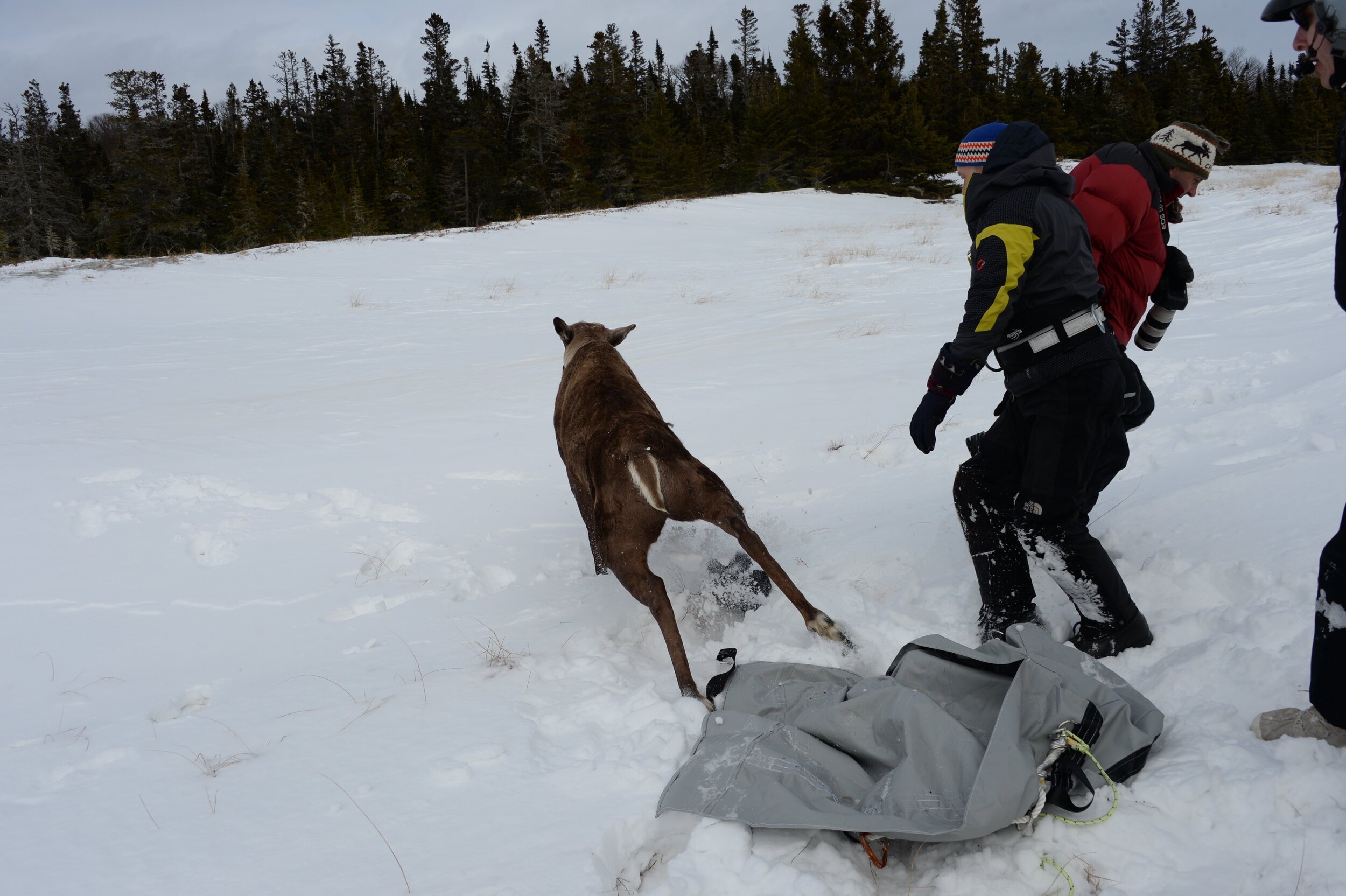

Ontario, meanwhile, has so far been resistant to Indigenous-led conservation as it waters down protections for species at risk, like caribou.
Caribou are particularly important to many Indigenous communities, where people hunted them sustainably since time immemorial.
“They’re our relatives,” Michipicoten First Nation Chief Patricia Tangie said of the caribou in a previous interview with The Narwhal. “I think that’s one of the most important things to remember. Just like we would not harm our aunties and uncles or our brothers and sisters, we wouldn’t harm them knowingly.”
Wheeler said Ontario is “aware” that the future management of caribou around Lake Superior is of “great interest and importance to municipalities, Indigenous communities and industries” in the region. The ministry will ensure First Nations are part of the process “through early and ongoing consultation,” he added.
“Ontario is committed to seeking opportunities for collaboration with Indigenous communities and organizations and to respect and consider Indigenous traditional and community knowledge including in the development of a final management plan for Caribou in the Lake Superior Coast Range.”
Michano said he’ll believe it when he sees it.
“Are they just stalling now? I don’t know,” he said. “We’re going to keep pushing.”
Get the inside scoop on The Narwhal’s environment and climate reporting by signing up for our free newsletter. On a warm September evening nearly 15...
Continue reading
Climate change, geopolitics and business opportunities power a blue economy

10 billion litres of sewage are dumped into Winnipeg’s lakes and rivers each year. Some...

Court sides with Xatśūll First Nation, temporarily halting Mount Polley mine waste expansion
